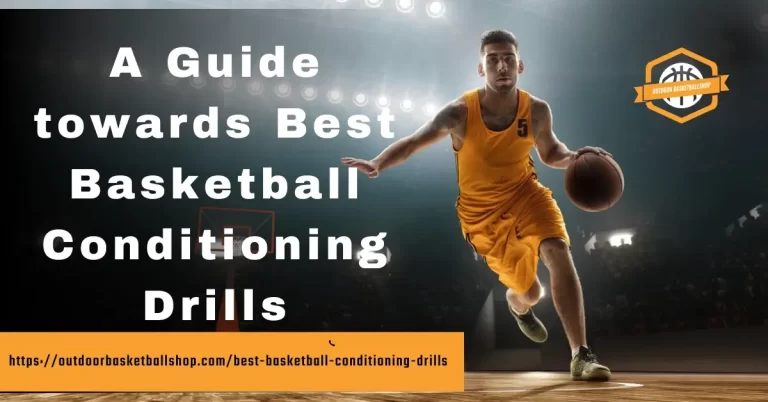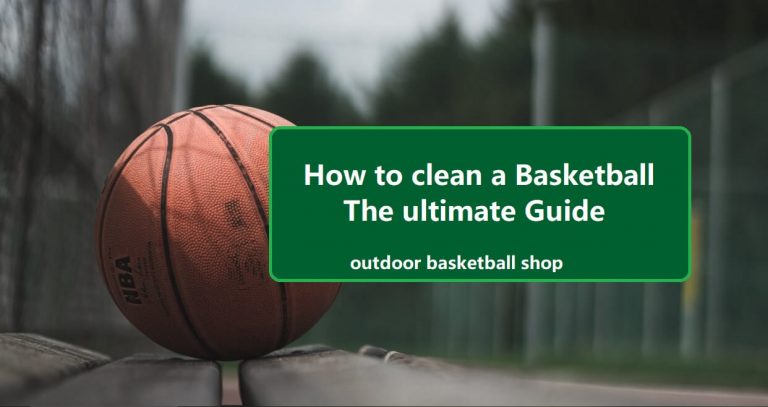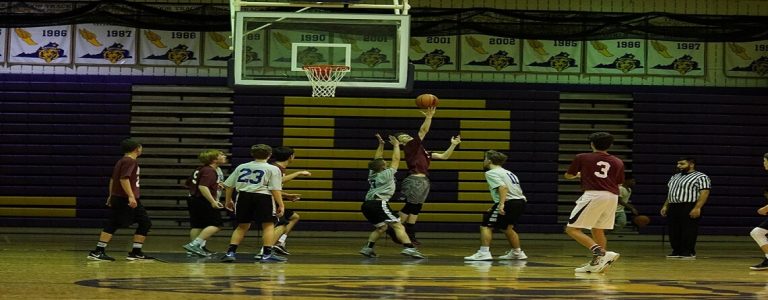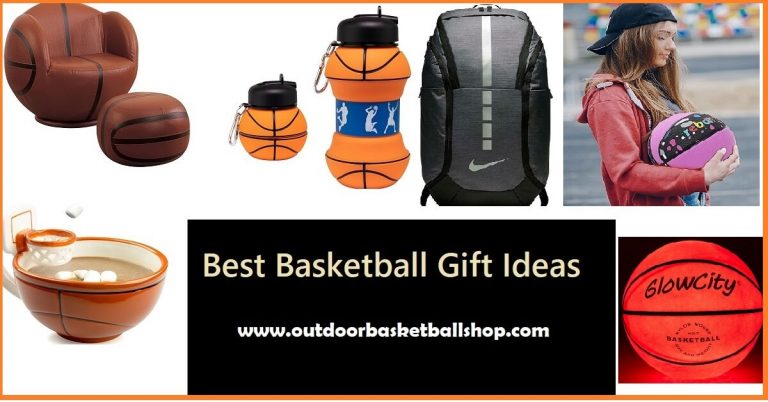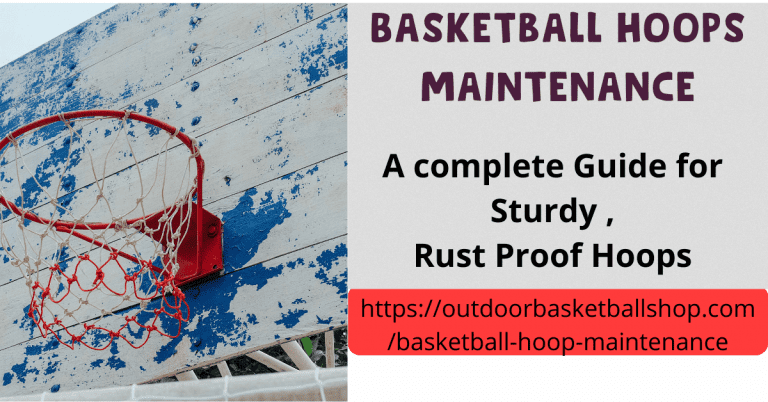A Podiatrist’s Guide: How to Choose Basketball Shoes for Wide Feet

Dr. Alex is a certified sports podiatrist and works as a consultant for the basketball teams of different educational institutions. He combines clinical biomechanics analysis with on-court testing to recommend footwear that prevents injury and enhances performance.
Struggling to find basketball shoes that don’t crush your wide feet? You’re not alone. As a sports podiatrist who has consulted for collegiate athletes, I can confirm that this common issue is more than just a nuisance—it’s a primary cause of preventable injuries like blisters, neuromas, and stress fractures. This guide cuts through the noise and gives you the six non-negotiable, expert-backed factors to evaluate, ensuring your next pair of shoes protects your feet and enhances your performance on the court.
Why the Right Shoe Fit Is Crucial for performance and Injury Prevention
The relationship between your foot and your shoe is a biomechanical partnership. A poor fit doesn’t just cause discomfort; it alters your gait, stability, and power transfer. Wide feet crammed into standard-width shoes force compensation patterns that can lead to ankle sprains, plantar fasciitis, and knee pain. Investing in the correct fit is not a luxury; it’s the most important step you can take to safeguard your body and play at your best.
As a sports podiatrist who has consulted for collegiate basketball programs, I see a common and painful problem: players with wide feet cramming into standard-width shoes. The result isn’t just discomfort; it’s blisters, neuromas, ingrown toenails, and compromised performance on the court. According to a study by the Journal of Foot and Ankle Research, approximately 70% of people wear shoes that are not well suited to the length and width of their feet.
Research shows it’s really important to have your feet measured by a professional and to keep checking your shoe size and fit since your feet can change shape with the passage of time. It’s also a good idea to try on shoes later in the day because your feet might swell up a bit, ensuring you pick a size that’s comfortable all day long.
Choosing the right shoe is a medical necessity, not just a matter of preference. Based on my clinical experience and biomechanical testing, here are the six non-negotiable factors you must consider.
The 6 Factors for Choosing Wide Feet Basketball Shoes
1. Shoe Width: The Foundation of Fit
This may seem obvious, but it’s the most common mistake I see. “Standard” (D) width is not for everyone. Players with wide feet should actively look for models explicitly labeled Wide (2E) or Extra-Wide (4E).
2. Toe Box Room: Where Natural Movement Happens
During cuts, jumps, and sprints, your toes naturally splay to distribute force and provide stability. A cramped toe box prevents this, leading to numbness, black toenails, and long-term issues like bunions.
A rounded, higher-volume toe box reduces pressure on the 1st MTP joint (big toe) and prevents ingrown nails and calluses.
3. Arch Support & Depth: The Stability Core
Wide feet often accompany flatter arches, which can lead to overpronation (ankles rolling inward) under load. This is a primary cause of ankle sprains and plantar fasciitis.
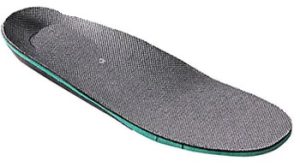
4. Heel Fit: Locking Down for Safety
A wide forefoot does not mean a wide heel. Many of my patients have a narrow heel, which can slip in a shoe that’s too wide in the back. This “heel slippage” is a primary instability factor.
5. Breathable Materials: The Health of Your Foot
Feet sweat. It’s a fact. In a non-breathable shoe, this moisture creates a macerated environment perfect for blisters, fungal infections (like athlete’s foot), and unpleasant odor.
Synthetic leathers or rigid uppers can feel restrictive on wide feet.
Knit or mesh uppers with strategic reinforcements let the shoe adapt to foot shape while maintaining structure — reducing hotspots, blisters, and pressure points.
6. Cushioning Technology: Impact Protection for Joints
The right cushioning is critical for shock absorption, protecting not just your feet but your knees, hips, and back. For wide feet, the challenge is finding cushioning that doesn’t crowd the foot.
- Foam Cushioning (e.g., Nike Phylon, Adidas Bounce): Offers a good blend of responsiveness and impact protection.
- Air Cushioning (e.g., Nike Air Max, Zoom Air): Excellent for shock absorption and a responsive feel.
- Gel Cushioning (e.g., ASICS GEL): Exceptional at dissipating pressure points on impact.
How to Know If You Need Wide Shoes: A Podiatrist’s Advice
If your shoes are consistently uncomfortable, you’ve likely chosen the wrong size. The signs you need wide shoes include:
- Blisters on the sides of your feet or toes.
- A feeling of numbness or “tingling” during or after play.
- Red marks or calluses on the widest part of your foot.
- Your foot spilling over the edge of the midsole.
How to measure your shoe width
The only way to know your accurate size is to measure your feet. I recommend doing this at the end of the day when your feet are at their largest. Use a Brannock device® or a printable sizing chart from a reputable brand, and measure both the length and the width of both feet.
Conclusion: Your Performance Depends on It
The best basketball shoes for wide feet offer a wide base, roomy toe box, secure but flexible lockdown, responsive cushioning, strong lateral support, and breathable uppers to ensure comfort, protection, and peak performance on the court.
Don’t compromise on fit. The right basketball shoe for your wide feet should feel secure and stable without any points of pressure or pain.
Ready to see my top recommendations? Read my review of the [best budget basketball shoes ], where I break down specific models based on budget requirements.
Frequently Asked Questions (FAQs)
What is the most important feature for wide feet in basketball shoes?
The toe box width is the most critical feature. Without adequate space horizontally and vertically, no other technology matters, as the shoe will be fundamentally uncomfortable and restrictive.
How much room should be in the toe box of a basketball shoe?
You should have about a thumb’s width ( roughly ½ inch) of space between your longest toe and the end of the shoe. Your toes should never feel jammed or curled.
Can I just buy a regular shoe in a larger size for width?
This is a common mistake I warn against in my practice. A longer shoe will add length but not necessarily width in the correct areas (the ball of the foot). This can create heel slippage and a lack of midfoot support, leading to instability and blisters.
Do any NBA players with wide feet wear special shoes?
Many professional athletes have custom-made shoes or wear specially fitted orthotics to accommodate their foot shape, including width. They don’t just wear standard off-the-shelf models.
What shoes do podiatrists recommend for wide feet?
As a Podiatrists I recommend basketball shoes for wide feet that purposely built with roomy toe box, with a stable, wide base to prevent pinching and pressure points. Top-rated options include New Balance basketball shoes, which are built on wider lasts, as well as select models in the Nike LeBron, Nike KD, Adidas Dame, and Under Armour Curry lines that naturally offer more forefoot space. The key is finding shoes with responsive cushioning for shock absorption, lateral support for side-to-side stability, and breathable knit or mesh uppers that adapt to the natural spread of the foot.
What are the most critical design features to look for in a basketball shoe to properly accommodate wide feet, for both men and women?
Women athletes with a wider pedal base require a shoe that accommodates the splay of the forefoot without compromising midfoot stability. We look for models with a anatomically contoured wide last, ensuring the hallux and fifth metatarsal heads are not compressed during lateral cuts. Proper calcaneal control remains paramount to prevent supination injuries, a common concern when a standard-width shoe is forced to fit.
For our male athletes, the challenge often lies in finding a shoe that provides ample volume in the toe box for a natural push-off, while also offering a secure heel lock to manage the higher forces generated during play. We prioritize a structured upper material that won’t over-stretch, combined with a platform wide enough to provide a stable base for landing, thereby reducing the torque on the ankle and mitigating the risk of inversion sprains.
Note: This is the guidance for athletic footwear selection, not a substitute for personalized medical advice.

Dr. Alex Rivera, is a certified podiatrist specializing in sports medicine. With over a decade of experience, he has served as a foot and ankle consultant for collegiate basketball programs, helping athletes optimize performance and recover from injuries. His review methodology is based on clinical expertise. He measures shoe dimensions with precision tools, analyzes pressure distribution during movement, and subjects gear to long-term wear tests. He founded [BasketballShop] to translate complex biomechanical principles into practical advice for athletes of all levels.


